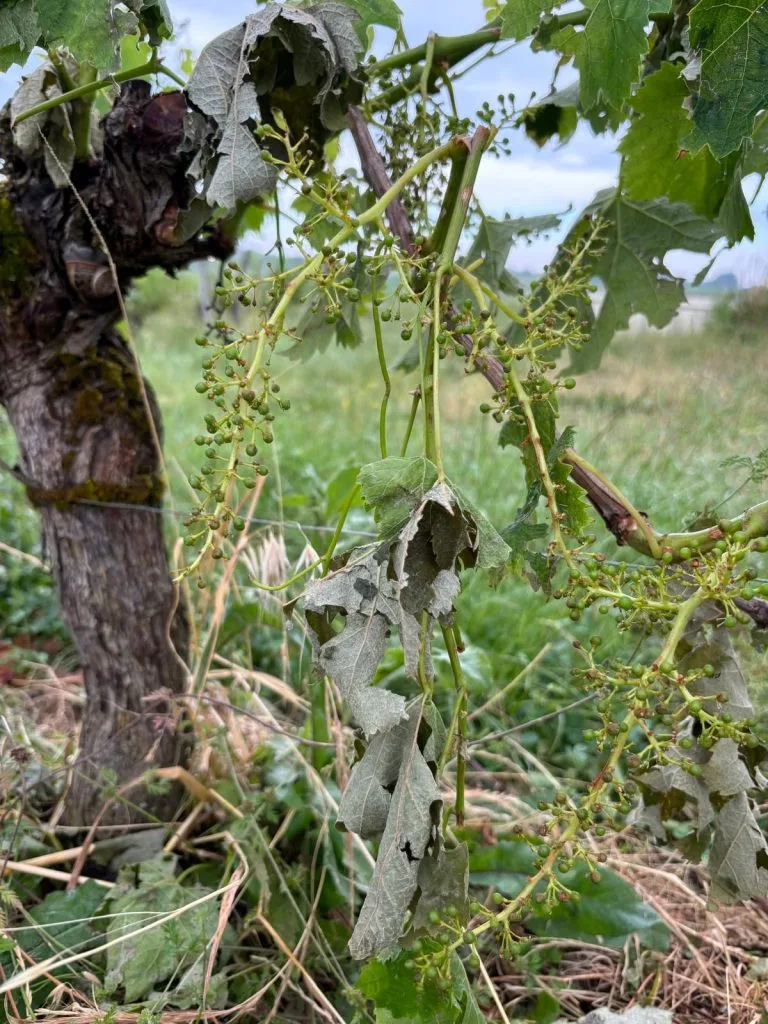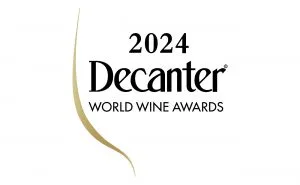Talk about climate change in Bordeaux is focused on rising temperatures and water management but the climate is also becoming more volatile with more frequent and more violent hail storms. Wendy Narby reports on the problem – and what vignerons are doing to fight back. In 2009, Saint-Émilion was badly hit just before the harvest – but since then hail storms have hit the region in 2013, 2018, 2020, 2021, 2022. In June this year, hail crossed over the Medoc to Fronsac, through Lalande de Pomerol, Montagne Saint Emilion and touching the northern edge of Pomerol, wiping out several small vineyards. The reason is climatic – rising temperatures increase evaporation, especially with the proximity to the Atlantic ocean, and water droplets form around specks of dusts whipped up by the wind. Increased humidity in clouds creates larger hail stones as the clouds rise and the hails falls before being lifted again on air currents until it’s heavy enough to fall. Hail is frustratingly localized, destroying some properties yet sparing the neighbours. Larger properties with plots spread through an appellation mitigate risk of localised hail storms whereas smaller properties can be wiped out in one storm. It was the smaller size of vineyards on the right bank that made the last storms so painful. The damage depends on the intensity, size of hail stones and the season. Last month’s storms hit when berries had just formed, stripping leaves from the vines, but these leaves offer some protection. In 2021, hail hit
This Article was originally published on The Drink Business - Fine Wine






